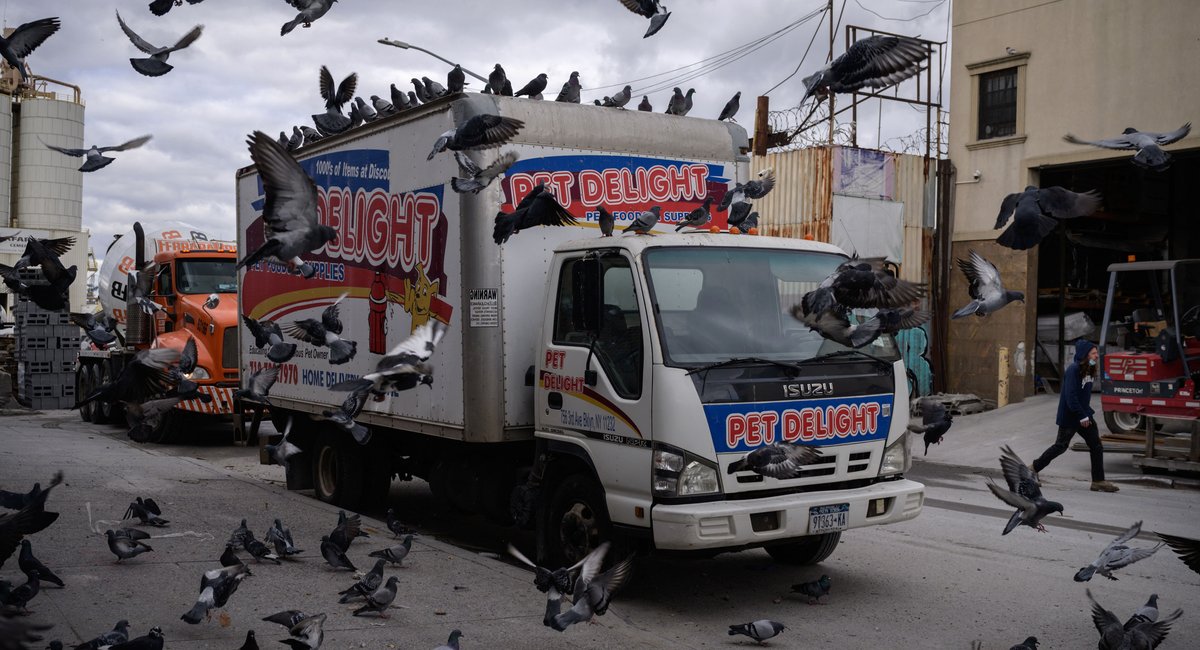New to the city? So are pigeons, house sparrows, and squirrels — relatively speaking. Not all of the animals we see around the five boroughs evolved here, but many have adapted extraordinarily well to city life, making it difficult to imagine New York without them. What does it mean that some of our most iconic animal residents came from somewhere else?
Ecologists call these sorts of species “invasive,” “non-native,” or even “pests,” but these descriptors carry baggage with them, specifically because they require us to classify animals by their relationship to humans.
“I struggle with the ecological terms ‘invasive’ [and] ‘pest,’” said Elizabeth Carlen, a postdoctoral researcher at Washington University in St. Louis. “Those are all just words that we’re making up to decide where something should and shouldn’t be. It’s a pest because often it’s in your house or in your backyard when you don’t want it there.”
Ecologists often describe species as invasive when they pose a problem for the survival of native species: These ‘new’ plants and animals might be outcompeting more local ones for resources like food and habitat. But this can obscure the origin of the problem. Since European colonization, humans have so drastically altered the landscape — from woodland to concrete jungle — that cities have transformed into entirely new ecosystems that require species to adapt.
“Cities themselves can exert strong selection on things like thermal tolerance,” explained Brenna Levine, an assistant professor at Kean University.
At the same time, urban areas have become biodiverse “islands” in a sea of strip malls, ornamental lawns, and farmland, allowing for an explosion of life in what may seem like an unlikely place. The fight against invasive species is as much a philosophical battle as it is a scientific one: How far is too far in negating the anthropogenic changes made to the ecosystem?
“As humans,” asked Carlen, “who gave us that power to…
Read the full article here

Leave a Reply